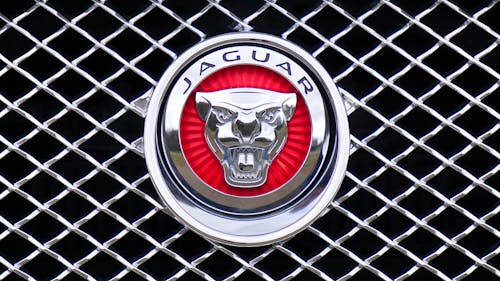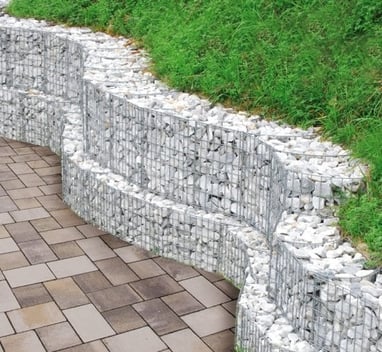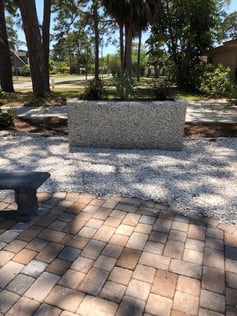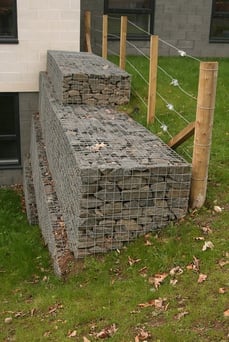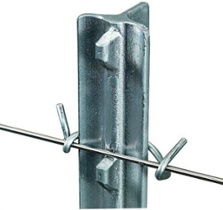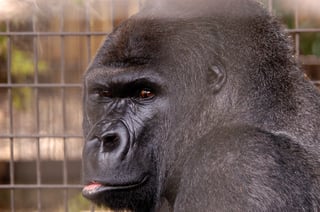Stopping Deer
Avoiding damage to your property from deer is best accomplished with a sturdy, well-maintained fence. There are some unique solutions to repelling deer using fencing and we begin with the fact that black is very difficult for deer to see. A deer will not risk jumping over a fence that uses black Bezinal-coated zinc-aluminum finish on the wire; it makes it very hard for them to discern the boundaries of the fence. In a single bound, deer can clear about 8 feet. The height and diameter of the black-coated wire of a 7-foot fence will cause enough confusion to send them rummaging for food elsewhere. A deer's capacity for flight is prodigious, and gauging risk to its limbs is an innate skill. An injury to a leg means becoming fodder to predators. For your part, the preparation and maintenance of a deer fence must include various factors:
- Make sure that the fence is tight to the ground to prevent the deer from crawling under the fence
- Vines that will inevitably grow on it should be cleared--the vines will eventually add definition to the fence which will aid the deer in clearing it
- Keeping the fence in good repair is key as deer are quick to find where the fence has been damaged
- Gates mean access and must be kept closed especially before dusk
Twilight and Superior Night Vision
- Comparing the eyes and pupils of deer to humans, a deer's are larger on both counts
- The light-gathering capacity works out to be about nine times that of human vision
- The receptors of light in the back of a deer's eye (rods and cones) are accompanied by a reflective layer which to us appear to shine at night
- These receptors, the rods, cones, and the light which interact to create a deer's ability to have superior night vision means that it is at final count 18 times better than human eyesight at night (for our part, the capacity for detail during the day is superior to a deer's)
Hence, a deer's most effective vision comes in low light. So, as our vision towards evening starts to dim, a deer's vision is just getting going. The shape of a deer's eye is more oval, maximizing objects on the horizon where danger may lurk, rather than from above (here's a reason why hunters that are elevated above the deer's primary source of reference have an advantage.) For a deer, the light from above can distract and this is why the black 7-foot fence is enough for them to avoid the risk of not clearing it--what's above them is simply not a usual source of threat from predators.
The Mesh You Need
You'll find that black vinyl-coated hexagonal deer fence lasts a long, long time. The 20-gauge galvanized wire is woven into a 1" hex mesh, galvanized, and then coated with a tough, flexible, thick coating of black PVC tightly bonded to the wire. The resulting vinyl-coated deer fence is very corrosion resistant. It is also extremely resistant to cracking, chipping, and weathering and the inhibitors in the vinyl protect it from UV degradation. Another benefit of the black coating is how it makes the mesh blend in with the landscape. Call Louis Page (866) 328-5018 if you have more questions.
Although the initial outlay may seem expensive, the most cost-effective plan to guard your outdoor investments is a deer fence and when considered over time, it becomes very cost-effective.





